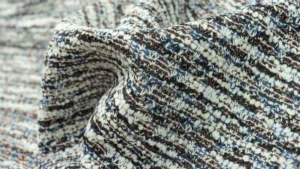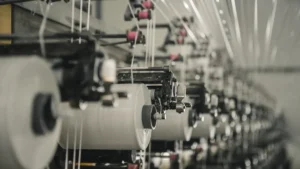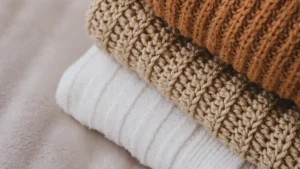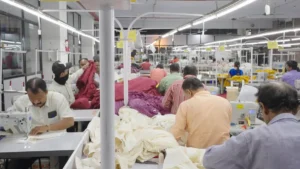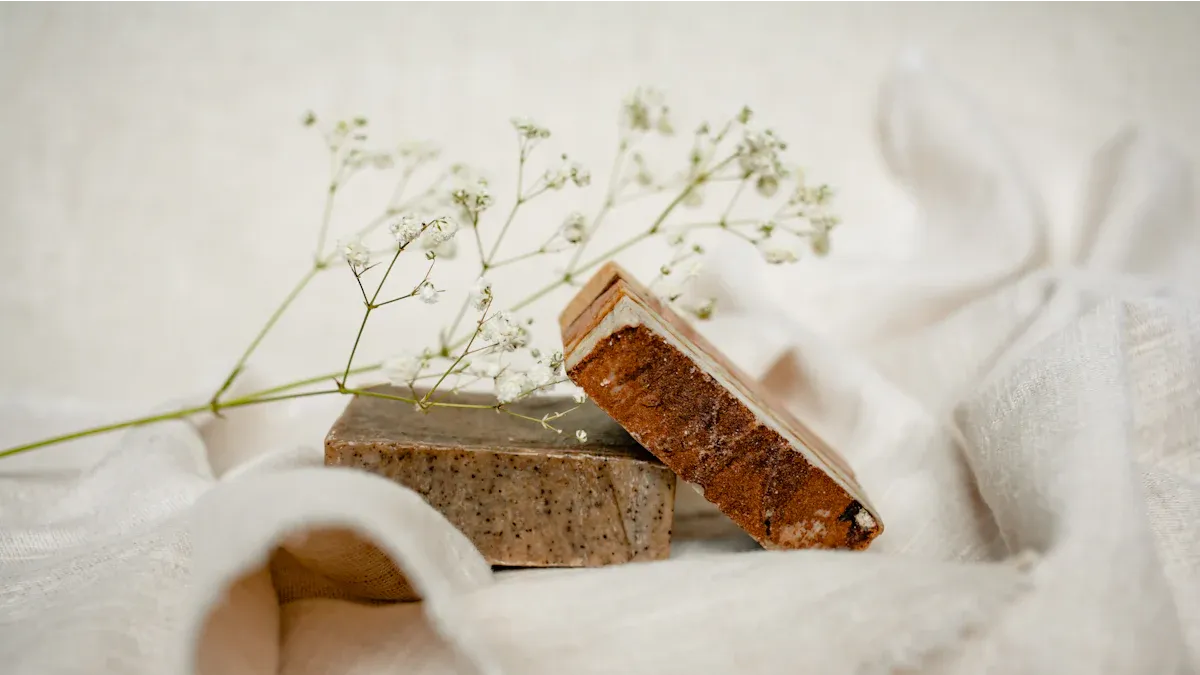
You may wonder what is vegan cashmere. This material feels soft and luxurious, just like regular cashmere, but it is made from plant-based or man-made fibers instead of animal hair. Many people today want to make kind and ethical choices. The world’s sustainable fashion market is growing rapidly and could be worth over $53 billion by 2032. More consumers are choosing products that do not harm animals and also support environmental protection. When you choose vegan cashmere, you join a community that cares deeply about animals and the planet.
Key Takeaways
Vegan cashmere is a soft and warm fabric. It is made from plants or recycled things. It does not use animal hair. Choosing vegan cashmere helps keep animals safe. It also causes less harm to the earth than regular cashmere. Vegan cashmere uses fibers like soy, hemp, recycled plastic, and wood pulp. These fibers are good for the planet and feel nice to wear. Vegan cashmere does not hurt animals. It often uses fair work and less water and chemicals to make. You can wear stylish and cozy clothes with vegan cashmere. It is also safe for people who are allergic to wool.
What is vegan cashmere
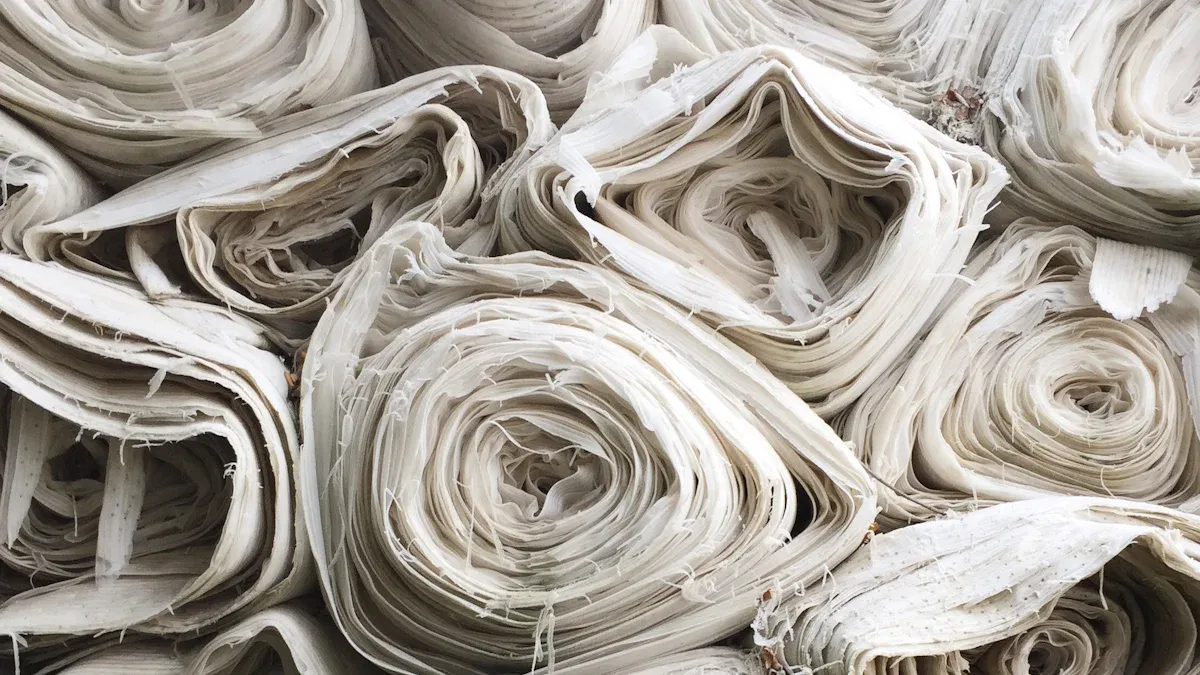
If you ask, “what is vegan cashmere,” you want to know how it feels so soft and fancy without using animal hair. Vegan cashmere is made from plant or man-made fibers. It feels gentle and warm, just like regular cashmere. You can wear it and feel good because no animals are used. People who care about comfort and doing the right thing like vegan cashmere.
Materials
You might wonder what vegan cashmere is made from. Many brands mix plant and recycled materials to copy the feel of real cashmere. Here are some common fibers used instead of cashmere:
Soy fabric, also called “vegetable cashmere,” comes from soybeans. It is soft and warm, like real cashmere.
Hemp is strong and lets air through. It grows without chemicals and breaks down easily.
Linen gets softer as you use it. It soaks up water and is good for nature.
Modal is made from beech trees. It stays soft and smooth after washing.
Lyocell comes from wood pulp. It breaks down in nature and can be used in many ways.
Organic cotton grows without bad chemicals. It is soft and easy to wash.
rPET (recycled polyester) is made from old plastic bottles. It is warm and soft, and no animals are used.
Coconut fiber is a new choice. It makes soft, warm fabric and is gentle on the earth.
Vegan cashmere can be made from many things. Each material has its own good points for comfort, the planet, and style.
Here is a table that shows some popular vegan cashmere materials:
Material | Source/Origin | Key Properties and Use Case | Environmental Notes |
|---|---|---|---|
Soybean Pulp (Soy Fabric) | Soy protein from soybean hulls | Soft, fancy, lets air through, does not wrinkle, warm like cashmere | Good for the earth, uses few chemicals, also called “vegetable cashmere” |
Recycled Polyester | Plastic trash (bottles, bags) | Soft, warm, helps cut plastic waste, used in sports clothes | Not always recyclable, can make tiny plastic bits |
Recycled Nylon (Econyl) | Ocean plastic and old fabric | Stretches, dries fast, strong, used in swimwear | Helps recycling, does not feel like cashmere |
Tip: If you pick vegan cashmere, you help make soft, cool clothes without hurting animals or the earth.
Production
You may still wonder how vegan cashmere is made. First, workers collect things like soybean pulp, old plastic, or plant fibers. Factories spin these into yarn. Machines then weave or knit the yarn into fabric that feels like cashmere. Some brands use less water and fewer chemicals than regular cashmere. This helps keep the earth safe.
Regular cashmere comes from goat hair, but vegan cashmere does not use animals at all. It is kind to animals and is often better for the planet. Many companies use recycled stuff, which helps cut down on trash and pollution.
When you look for other choices, you see vegan cashmere is a modern answer to “what is vegan cashmere?” It gives you the soft, warm feeling you want and also helps animals and the earth.
Cashmere vs vegan cashmere
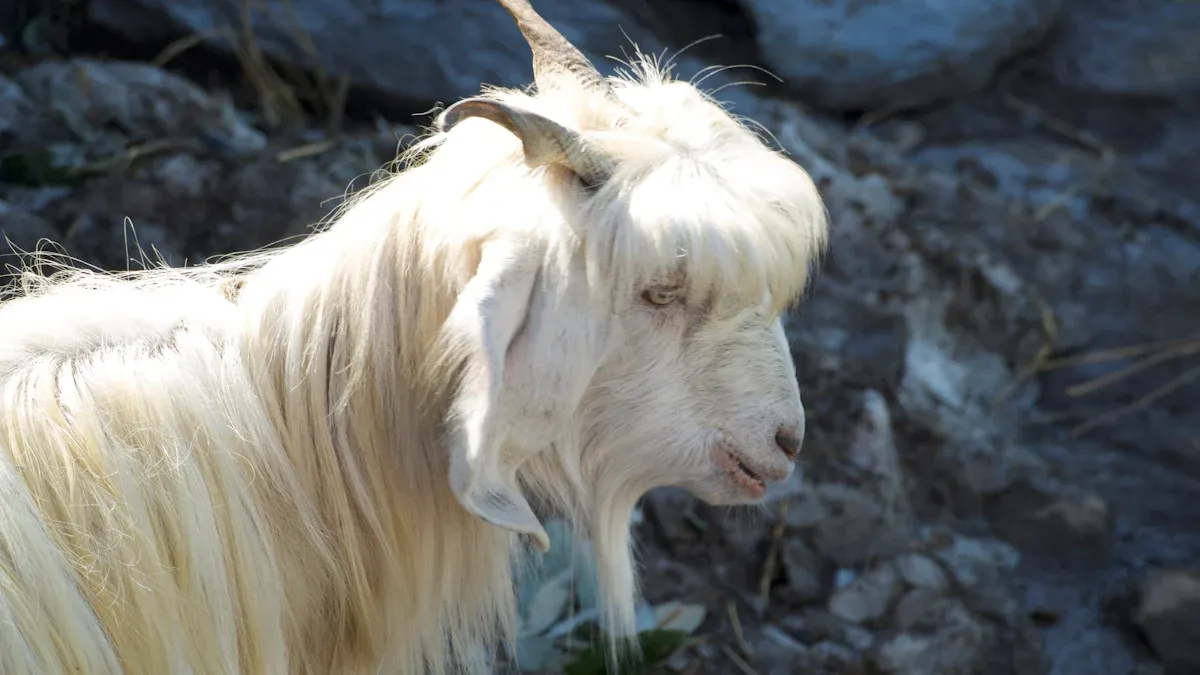
Source
You may ask where cashmere and vegan cashmere come from. Cashmere comes from goats with soft undercoats. These goats live in cold, high places like China and Mongolia. Herders collect the soft hair by hand in spring. This takes a lot of time and care. Each goat gives only a little fiber.
Vegan cashmere is made from plants or man-made fibers. Brands use things like soybean pulp, hemp, and recycled polyester. No animals are used for vegan cashmere. You get soft, warm fabric without goat hair.
Process
Cashmere and vegan cashmere are made in different ways. For cashmere, herders need 4 to 6 goats for one sweater. They collect the hair and sort out the soft part. Workers spin the soft hair into yarn. Then, they knit the yarn into clothes.
Vegan cashmere starts with plant or recycled fibers. Factories spin these into yarn. The yarn is then woven or knitted into fabric. Some brands use leftover soybean pulp or Calotropis fibers. These ways often use less water and fewer chemicals. Many vegan cashmere brands care about fair work and the earth.
Here is a table that shows the main differences in labor and resources:
Aspect | Cashmere | Vegan Cashmere |
|---|---|---|
Number of goats per sweater | 4 to 6 goats | No animals used |
Labor practices | Nomadic herding, low welfare standards | Factory or farm-based, often fair labor |
Resource use | High (land, water, animals) | Lower (plants, recycled materials) |
Sustainability | Biodegradable but often chemically treated | Often biodegradable, less chemical use |
Note: Vegan cashmere does not need animal herding. It can use recycled or fast-growing plants.
Environmental impact
Cashmere has a big effect on the environment. Goats eat a lot and pull up grass roots. This hurts the land and stops plants from growing back. In Mongolia, too many goats have ruined much of the land. Goats eat about 10% of their weight each day. It takes four years for one goat to grow enough hair for a sweater.
Cashmere also causes a lot of pollution. Making one kilogram of cashmere makes much more carbon than cotton. It uses about 5,000 liters of water for each kilogram. These facts show why cashmere is hard on the earth.
Vegan cashmere is better for the planet. Plant fibers like hemp and Tencel use fewer resources. They do not cause land damage or overgrazing. Some brands use recycled materials to cut waste and pollution.
Animal welfare
Animal welfare is a big problem with cashmere. Goats can get hurt or stressed when workers collect their hair. Sometimes, workers use rough tools or take hair at the wrong time. Many goats do not have good food, water, or shelter. They may not get health care or enough space. Rough handling and money problems can make things worse.
Vegan cashmere does not hurt animals. It uses only plant or man-made fibers. No animals are harmed or stressed. Some brands use leftover plants, which helps the earth and local people. Vegan cashmere brands often use fair work and eco-friendly ways, like organic dyes and recycling.
Tip: If you care about animals, vegan cashmere is the best choice.
Texture and quality
You may wonder if vegan cashmere feels as nice as regular cashmere. Cashmere is known for being soft, warm, and light. Many people love how cashmere sweaters and scarves feel.
Vegan cashmere tries to be just as soft and comfy. Brands mix plant fibers and recycled stuff to make gentle fabric. Some vegan cashmere, like soybean or Tencel, is very smooth. Vegan cashmere may not feel exactly like goat hair. But it is cozy and looks good. It is easy to care for and often lasts longer, so you can wear it for years.
Why choose vegan cashmere
Ethics
You may want to know how your clothes are made. Vegan cashmere lets you wear soft sweaters without animal hair. Many brands follow rules to make sure their items are vegan. You can check for special certifications before you buy. These help you pick the right products. Here is a table with some common certifications:
Certification Name | Description | Relevance to Vegan Cashmere Products |
|---|---|---|
PETA-Approved Vegan | Certifies products contain no animal-derived materials, including wool. | Ensures no animal materials are used in vegan cashmere. |
SFA Cashmere Standard | Focuses on sustainable and ethical cashmere production with animal welfare. | For ethical animal cashmere, not vegan. |
RWS | Addresses animal welfare in wool production. | Not vegan-specific. |
LWG Gold | Certification for leather production standards. | Not vegan-specific. |
GOTS | Certification for organic textiles and social criteria. | Applies to organic textiles, not just vegan cashmere. |
Picking vegan cashmere with the right label helps you support animal-friendly fashion.
Sustainability
You help the earth when you pick vegan cashmere. Plant and recycled fibers use less water and land than goats. You also avoid land damage from too many animals eating grass. Many vegan cashmere brands use recycled things, which cuts waste and pollution. This choice helps keep the world clean and green.
Allergies
Some people cannot wear regular cashmere or wool because of allergies. Lanolin, a natural oil in wool, can bother sensitive skin. You might get red, itchy, or even hives after wearing wool. Vegan cashmere does not have lanolin or animal fibers, so it is safer for people with allergies. Here are some facts:
Wool allergies are rare, but lanolin can cause problems.
Signs include red skin, itching, or hives.
People with lanolin allergy should not wear wool.
Vegan cashmere avoids these issues.
Fashion
You do not lose style when you pick vegan cashmere. Many top brands now sell cool vegan cashmere clothes. Recycled cashmere is popular, with brands like Stella McCartney and Reformation. You can find sweaters with fun designs, buttons, and big vests. Vegan cashmere fits new fashion trends and supports circular fashion. You get comfort, style, and feel good about your choice.
You have learned how cashmere and vegan cashmere are not the same. Vegan cashmere is soft and looks nice. It does not use animal hair. Many people like vegan cashmere for these reasons:
Regular cashmere can be cruel to animals.
Cashmere from animals can hurt the earth and make land dry.
Vegan cashmere skips these problems and uses plants or old plastic.
If you pick vegan cashmere, you help animals and the planet. You also follow new styles. Each time you choose, you help make the world better.
FAQ
What makes vegan cashmere different from regular cashmere?
Vegan cashmere is made from plants or recycled things. Regular cashmere comes from goat hair. Vegan cashmere does not use any animal parts. When you pick vegan cashmere, you help animals and the earth.
Can vegan cashmere keep you as warm as real cashmere?
Vegan cashmere can keep you warm in cold weather. Many brands make it soft and cozy. Some vegan fibers hold heat well. You can wear vegan cashmere and feel comfortable.
How do you wash vegan cashmere?
Always look at the care label before washing. Most vegan cashmere can be washed in cold water. Use gentle soap to clean it. Lay it flat to dry so it keeps its shape and softness.
Is vegan cashmere more expensive than regular cashmere?
Vegan cashmere comes in many price ranges. Some brands are cheaper than real cashmere. Others use special fibers and cost more money. You can find vegan cashmere for any budget.



